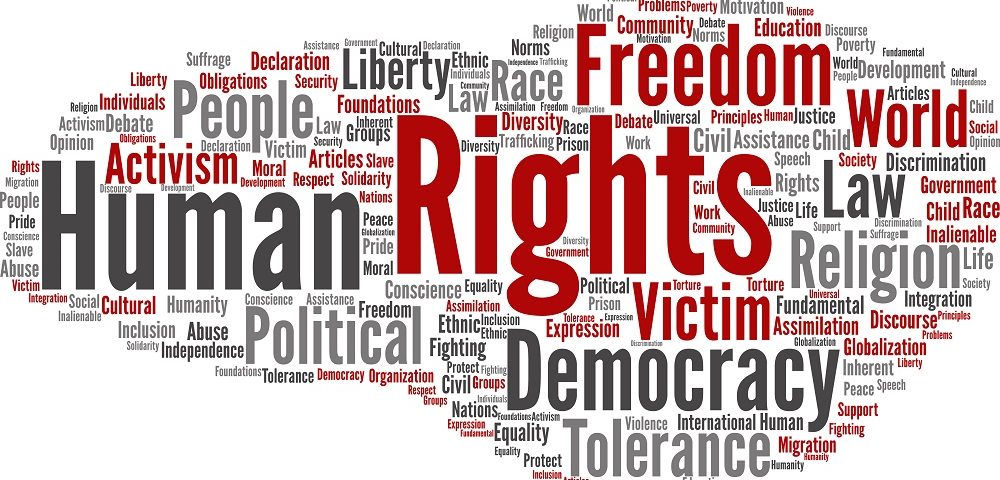What Employers Need to Know About Emerging Discrimination Law Cases

The Future of Corporate Diversity
December 16, 2024
Addressing Disability Discrimination and Promoting Workplace Inclusion
December 30, 2024In recent months, the legal framework of workplace discrimination has seen significant developments, with major implications for employers in New York, New Jersey, and across the United States. I’m Ty Hyderally, and my duties as an employment lawyer require me to closely monitor cases like Muldrow v. City of St. Louis and the Supreme Court’s decision to hear Ames v. Ohio Department of Youth Services. These cases represent turning points in discrimination law and raise critical questions for employers striving to remain compliant and equitable.
As someone deeply engaged in these legal developments, I’ve noticed one recurring theme: small changes in how employers handle workplace decisions can have outsized legal and reputational consequences. Let’s explore these shifts, their implications, and how employers can stay ahead.
Shifting Standards in Discrimination Law
The Supreme Court’s decision in Muldrow redefined what constitutes harm in discrimination claims. Historically, courts required employees to prove a “materially significant disadvantage” resulting from adverse actions like demotions or transfers. Now, the threshold is simply “some harm.”
What does “some harm” mean for employers? It includes changes that may seem minor, such as losing a prestigious title or access to high-profile opportunities. For example, in Muldrow, the plaintiff’s reassignment to a less prominent role—with the loss of perks like a take-home vehicle—met the new threshold, even though her rank and pay remained unchanged.
Employers must now recognize that even small adjustments, such as departmental transfers or shift changes, could be scrutinized. These developments, as I often tell my clients, underscore the importance of thoughtful decision-making and proactive policy evaluations.
Addressing Disparate Impact
Neutral policies can sometimes have unintended consequences for certain groups, creating new risks for employers. For instance, New Jersey’s recent clarification on disparate impact discrimination highlights how facially neutral policies, like grooming standards, can disadvantage protected groups.
Imagine a workplace policy prohibiting head coverings. While intended to maintain uniformity, such a policy could exclude individuals who wear hijabs, turbans, or yarmulkes for religious reasons. Similarly, rigid English-only policies could disproportionately affect non-native speakers, even when they’re fully capable of performing their jobs.
In my practice, I’ve seen cases where these “neutral” rules lead to significant liability. Employers should carefully assess such policies, considering how they affect different groups and adjusting them as necessary.
Adding to these complexities is the Ames case, which raises the question of how discrimination laws apply to majority groups, such as heterosexual employees. This case challenges traditional notions of bias and could reshape how fairness and inclusivity are balanced in diverse workplaces.
Actionable Steps for Employers
Adapting to these changes requires a comprehensive approach. Here are key strategies I recommend:
1. Evaluate Workplace Policies
Thoroughly review policies governing promotions, dress codes, and other workplace practices. Ask yourself: Could this policy unintentionally harm a specific group? Small tweaks to language and application can often make a big difference.
2. Train Leaders to Recognize Bias
Equip managers and HR teams with the tools to identify and address unconscious bias. Include real-world scenarios in training sessions to help them apply these lessons effectively.
3. Maintain Clear Documentation
When making decisions about hiring, promotions, or transfers, ensure that detailed records explain the rationale. If an employee challenges your decision, this documentation becomes your strongest defense.
4. Engage Employees in Dialogue
Foster open communication by creating channels for employees to share concerns anonymously. Use surveys or focus groups to uncover potential issues before they escalate.
5. Work with Legal Experts
Employment law is constantly evolving. As Ty Hyderally, I regularly help organizations navigate these complexities, conducting audits and offering tailored advice to minimize risks and foster equitable practices.
How These Changes Impact Employers
The stakes are high for employers. The Muldrow decision shows how seemingly minor adjustments can have major consequences. Likewise, the Ames case demonstrates that fairness must extend to all employees, not just historically marginalized groups.
Here are some ways these changes could directly affect your business:
- Reputation Risks: Discrimination claims, even if unfounded, can harm your public image.
- Legal Costs: Litigation is expensive, and the lowered threshold for harm increases the likelihood of lawsuits.
- Workplace Morale: Employees who perceive inequity may disengage or leave, affecting productivity and retention.
Proactively addressing these risks can turn potential liabilities into opportunities to strengthen workplace culture. When employers prioritize fairness and transparency, they not only comply with the law but also enhance employee satisfaction and loyalty.
Preparing for What’s Ahead
Navigating this evolving legal landscape can seem daunting, but with the right strategies, it’s possible to stay compliant and foster a thriving workplace. Here’s what I always tell my clients: start by understanding your legal obligations, then take deliberate steps to address vulnerabilities in your practices.
If you’re unsure about how these changes might affect your business, now is the time to act. My firm, Hyderally & Associates, and I are here to provide the guidance you need to protect your organization while creating an inclusive and supportive workplace.


